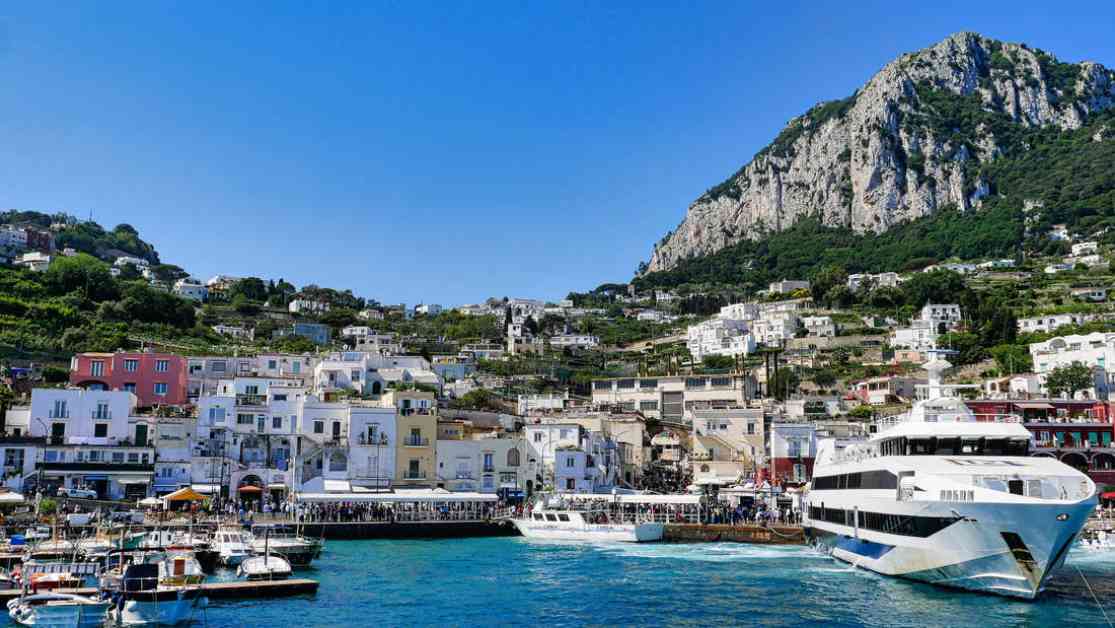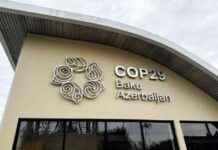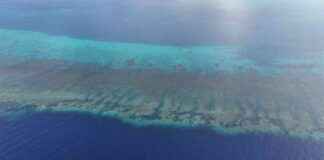The mayor of the idyllic Italian island of Capri is sounding the alarm: the main town is being overrun by tourists, and ferry arrivals are set to be halved. Capri, located in the south of Italy, is known for its Blue Grotto, the two Faraglioni rocks off the coast, small coves, and luxury villas from centuries past. These attractions have made Capri a popular tourist destination since ancient Roman times. However, the island paradise has become too popular, with 31,000 visitors flocking to the island on a single Saturday in mid-October. This influx of tourists is particularly concerning considering it is already the off-peak season and the weather is poor. Capri is home to only around 15,000 residents, so the sheer number of tourists is putting a strain on the local infrastructure.
Over the past 25 years, the number of tourists visiting the island has increased more than tenfold, from an average of 200-300 visitors per day to 3000-4000 guests. A study conducted by Professor Antonio Preiti from Florence titled “Overtourism and Containment Strategies: the Case of Capri” revealed that from 2013 to 2023, despite the impact of Covid-19, there was a 24% increase in arrivals, totaling 2.06 million guests to 2.7 million. Capri has the highest tourist density of any tourist destination in Italy, with 1200 people per square kilometer during peak season, exceeding the recommended threshold of 1000 tourists per square kilometer.
The consequences of this overtourism are felt by the locals, who experience increased prices during the high season, making it difficult for Italian tourists to afford a trip to Capri. Mayor Paolo Falco has called for a national law that grants mayors of islands and coastal areas more authority in tourism matters, such as regulating boat arrivals. He also urged ferry companies to adjust their schedules to better distribute tourist arrivals and avoid overcrowding. The mayor’s ultimate goal is to manage tourist flows more efficiently so that visitors can fully enjoy the beauty of the island.
Falco criticized the “unfair practices of some shipping companies” that sell day trips to tourists at high costs for short visit durations, calling it “a real tourist scam.” He highlighted the frustration of visitors spending most of their time in queues rather than exploring the island. In an effort to control the situation, Capri doubled the landing fee per visitor between April and October from 2.50 euros to 5 euros. Additionally, the island municipality temporarily suspended tourist traffic in the summer due to a broken water main.
Italian Tourism Minister Daniela Santanchè has promised to convene a discussion forum to address Capri’s issues and find solutions to better distribute tourist flows throughout the year. While the island must address its overtourism challenges, it is essential not to isolate itself, as other regions in Italy are also grappling with an influx of tourists. Balancing tourism and environmental preservation is key to ensuring the long-term sustainability of Capri as a world-renowned destination.

















